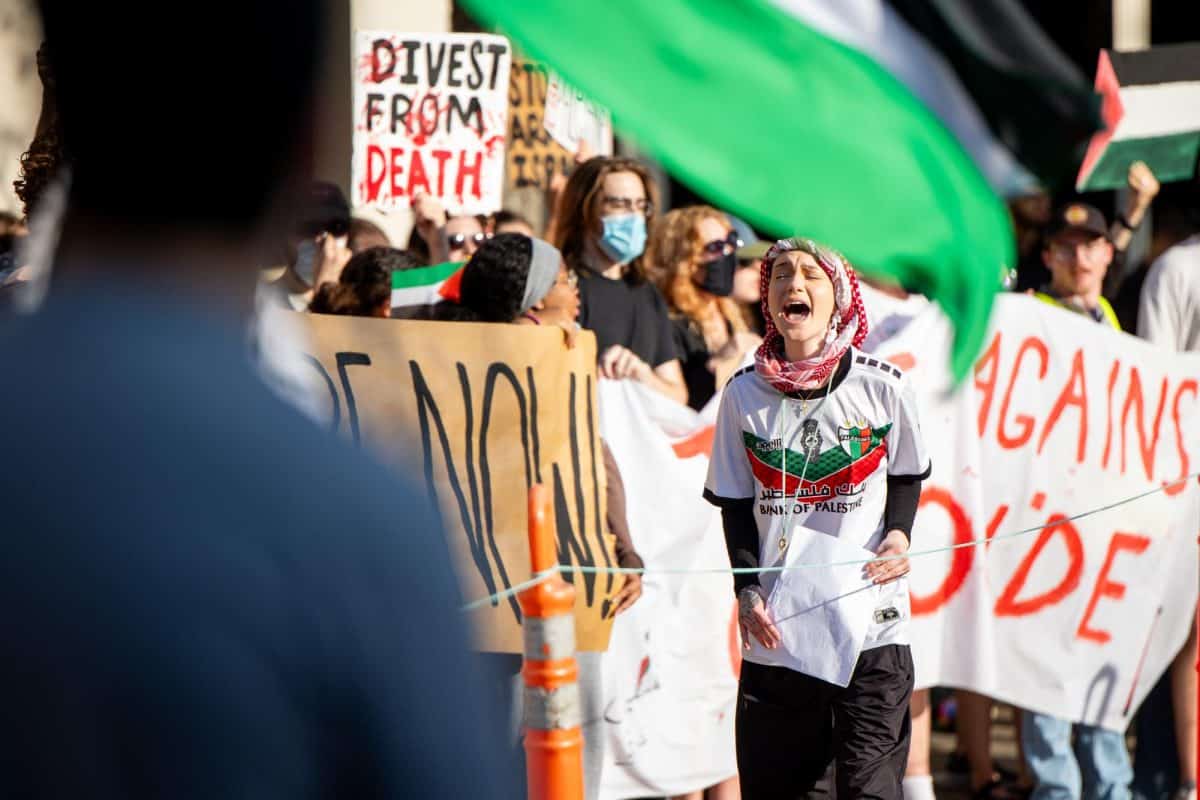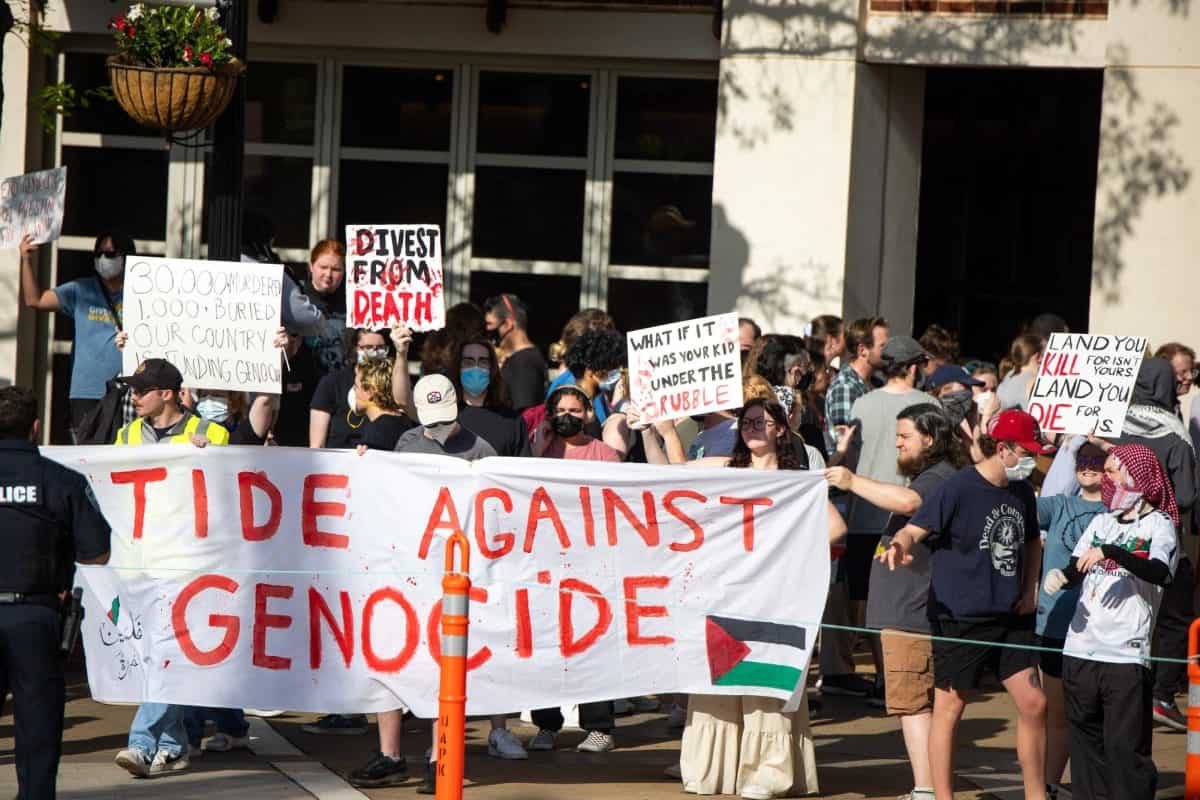A numerical measurement of influence is the goal for this semester’s bone marrow registry drive hosted by the University of Alabama chapter of Be The Match On Campus.
The drive will be held in the Ferguson Auditorium Tuesday from 9 a.m.-3:30 p.m.
“One out of every 540 people placed on the registry are actually asked to donate, so our goal for this drive is to get 540 people on Alabama’s campus on the bone marrow registry so we can say that statistically we’ve made a real difference,” Caitlin Roach, a senior majoring in biology and vice president of Be The Match On Campus at the University, said.
This drive targets college students because, according to bethematch.org, the most ideal time to donate is between the ages of 18-44. Younger patients are much more likely than older ones to have the host accept their bone marrow, so bone marrow donation is best for college students who are old enough to give consent but young enough that their bone marrow is less likely to get rejected, and who are usually healthy enough to recover fairly quickly.
Be The Match On Campus does not offer any compensation for bone marrow, which has become a point of contention recently among those involved in the donation process.
As of right now, it is legal to compensate for PBSC donations, or those of the cells from circulating blood, but not for the more invasive, traditional procedure, which is a surgical outpatient operation in a hospital.
“My initial inclination is that [paying people for bone marrow] would probably be good, especially if it offers some incentive to register,” said Chase Hudson, a senior majoring in English and philosophy.
However, payment may not be important to students already uninterested in donating.
“I might be worried about getting payment to sign up to register, because then I might feel obligated to donate if I’m asked, and it’s not something I would necessarily be comfortable doing 100 percent of the time,” Aaron Williams, a sophomore majoring in chemical engineering, said. “However, I don’t see too much of a problem with paying for the actual donation, as long as there are still free ways for patients who can’t afford to pay donors to get bone marrow.”
Hudson said bone marrow donation is not as painful as some may be led to believe.
“I think there’s a lot of misconceptions about bone marrow donation. When I first heard about it, the first thing that came to my mind was the episode of ‘House’ where they stick the needle in the guy’s hip when he’s awake, and I thought that thwat was what bone marrow donation is, and it must hurt a lot,” Hudson said. “The truth is, donating bone marrow is not as bad as it might seem. There is a chance to do a lot of good, and there’s as little risk as possible with any medical procedure.”






